Reference standard: AISI
The alloying element in 2014 is copper, known as hard molybdenum, which has high strength and good cutting processability
Can, but poor corrosion resistance.
●Chemical composition of aluminum alloy 2014:
Aluminum Al: balance
Silicon Si: 0.6~1.2
Copper Cu: 3.9~4.8
Magnesium Mg: 0.40~0.8
Zinc Zn: ≤0.30
Manganese Mn: 0.40~1.0
Titanium Ti: ≤0.15
Nickel Ni: ≤0.10
Iron Fe: 0.000~0.700
Note: single: ≤0.05; total: ≤0.15
●Mechanical properties of aluminum alloy 2014:
Tensile strength σb (MPa): ≥440
Elongation δ5 (%): ≥10
Note: Longitudinal mechanical properties of bar at room temperature
Sample size: bar diameter (square bar, hexagonal bar inscribed circle diameter) ≤ 22
●Aluminum alloy 2014 characteristics and scope of application:
The 2014 aluminum alloy is both a hard aluminum alloy and a wrought aluminum alloy in terms of composition. Compared with 2A50, it contains
The copper content is higher, so the strength is higher, and the thermal strength is better, but the plasticity in the hot state is not as good as 2A50, 2014
Aluminum alloy has good machinability, good contact welding, spot welding and roll welding performance, arc welding and gas welding
Poor energy; heat treatment can be strengthened, there is extrusion effect; corrosion resistance is not high, there is inter-test corrosion during artificial aging
tendency. Used in occasions requiring high strength and hardness (including high temperature). Heavy Forgings, Plates and Extrusions
Materials are used in aircraft structural parts, multi-stage rocket first-stage fuel tanks and spacecraft parts, wheels, truck frames
and suspension system parts. The corrosion resistance is poor, but it can be effectively protected by covering it with pure aluminum; it is easy to produce corrosion during welding
Cracks, but can be welded or riveted using special techniques. Widely used in aircraft structures (skin,
skeleton, rib beam, bulkhead, etc.) rivets, missile components, truck wheels, propeller components and other structures
member.
●2014 aluminum heat treatment specification:
1) Homogenization annealing: heating at 475-490°C; holding for 12-14 hours; furnace cooling.
2) Complete annealing: heating at 350-400°C; depending on the effective thickness of the material, the holding time is 30-120min;
Cool with the furnace at a speed of 30-50°C/h to 300°C, and then air-cool.
3) Rapid annealing: heating at 350-460°C; holding time for 30-120min; air cooling.
4) Quenching and aging: quenching at 495-505°C, water cooling; natural aging at room temperature for 96h.
State: aluminum and aluminum alloy extruded rods (≤22mm, H112, T6 state)
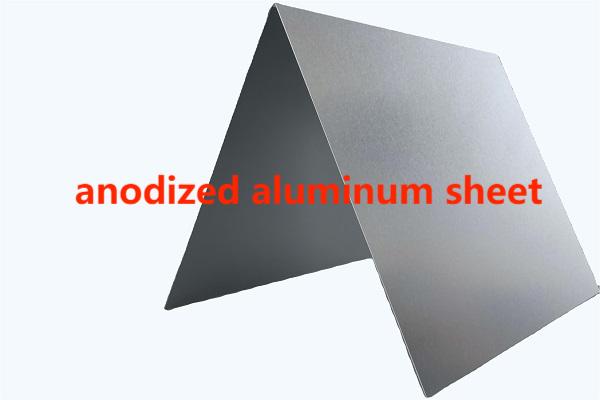
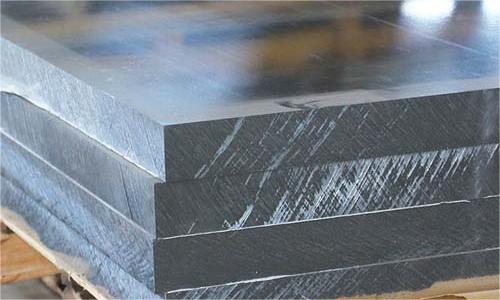
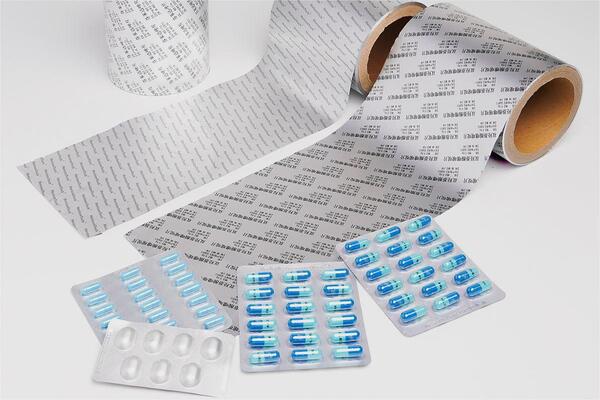
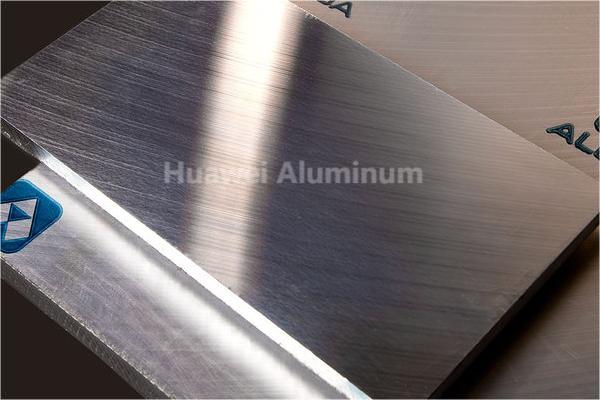

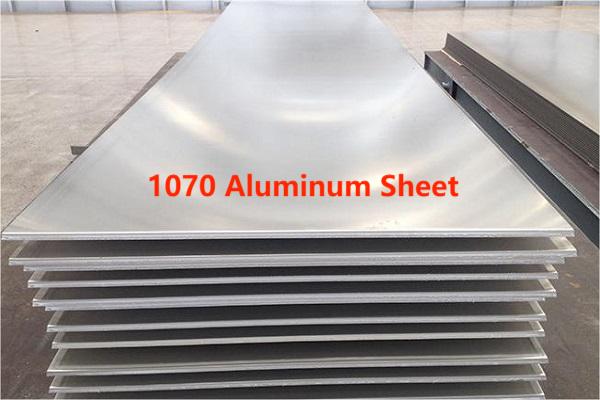



Leave a Reply